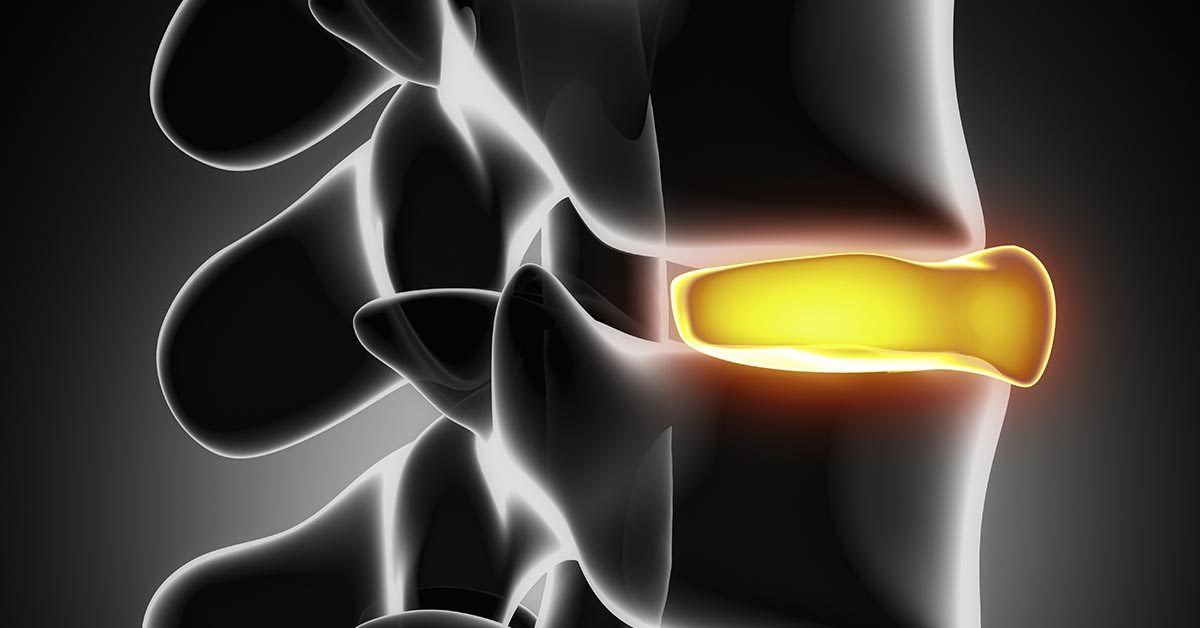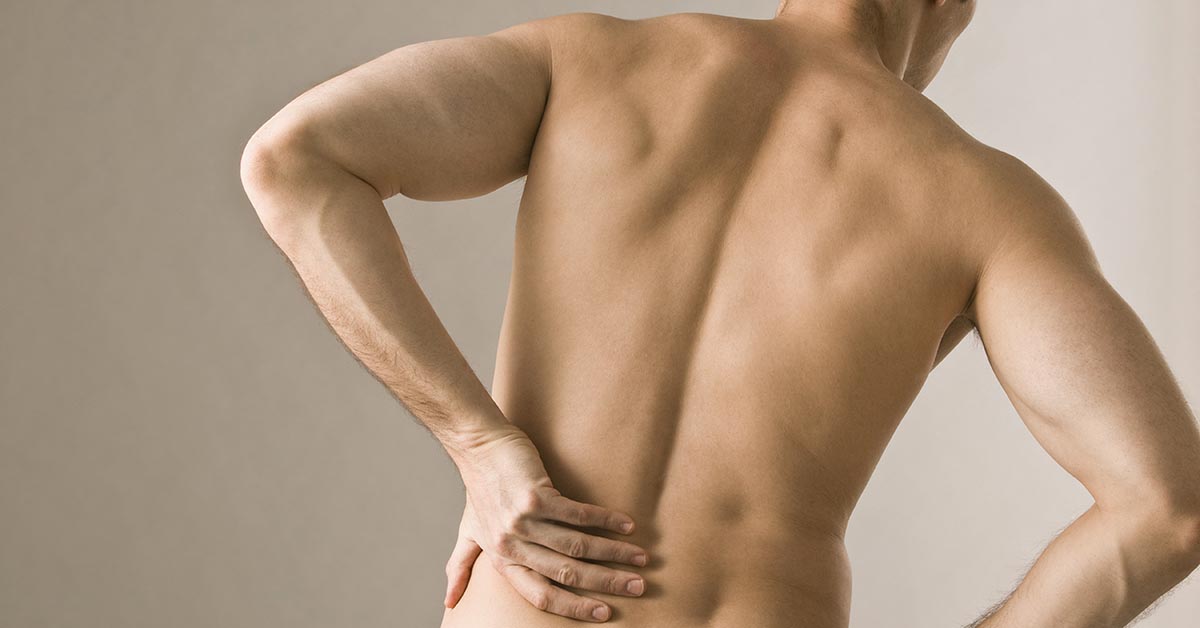There are many different kinds of headache, but one of the most common types is known as "cervicogenic headache," or those that start in your neck.
Frank Bendiks, DC, PC sees a lot of people in our Naperville, IL office who are suffering with frequent, reoccurring headaches. Luckily, chiropractic adjustments can often help, potentially reducing these types of headaches by 50 percent, and research confirms it.
A study was conducted involving 80 participants who reported experiencing at least five cervicogenic headaches during the prior three months. The goal was to discover how effective chiropractic was for this type of head pain, as well as to determine the number of treatment sessions required to achieve a positive effect.
The individuals were split into four separate groups, so that each group was similar in age, gender, number of cervicogenic headaches, and their intensity. Of the four groups, two engaged in chiropractic treatments and two received light massage. Furthermore, one group assigned to each treatment received eight sessions and the other patients received twice that amount.
Each person was assessed based on head pain, neck pain, and disability prior to the study and 12 and 24 weeks after treatment was complete. The authors found that those who received chiropractic as opposed to massage reported fewer headaches at the conclusion of the study. Furthermore, improvements were maintained when checked six months after treatment ended.
Furthermore, individuals who were taking medications for their headaches were able to lower their intake after completing the study. Those who received chiropractic had lower drug usage 24 weeks post-study.
Frank Bendiks, DC, PC has helped many patients who were suffering from headaches in our Naperville, IL office. Call us today at (630) 301-0054 for more information or for an appointment.
Haas M, Spegman A, Peterson D, Aickin M, Vavrek D. Dose response and efficacy of spinal manipulation for chronic cervicogenic headache: a pilot randomized controlled trial. The Spine Journal 2010; 10: 117-128.



